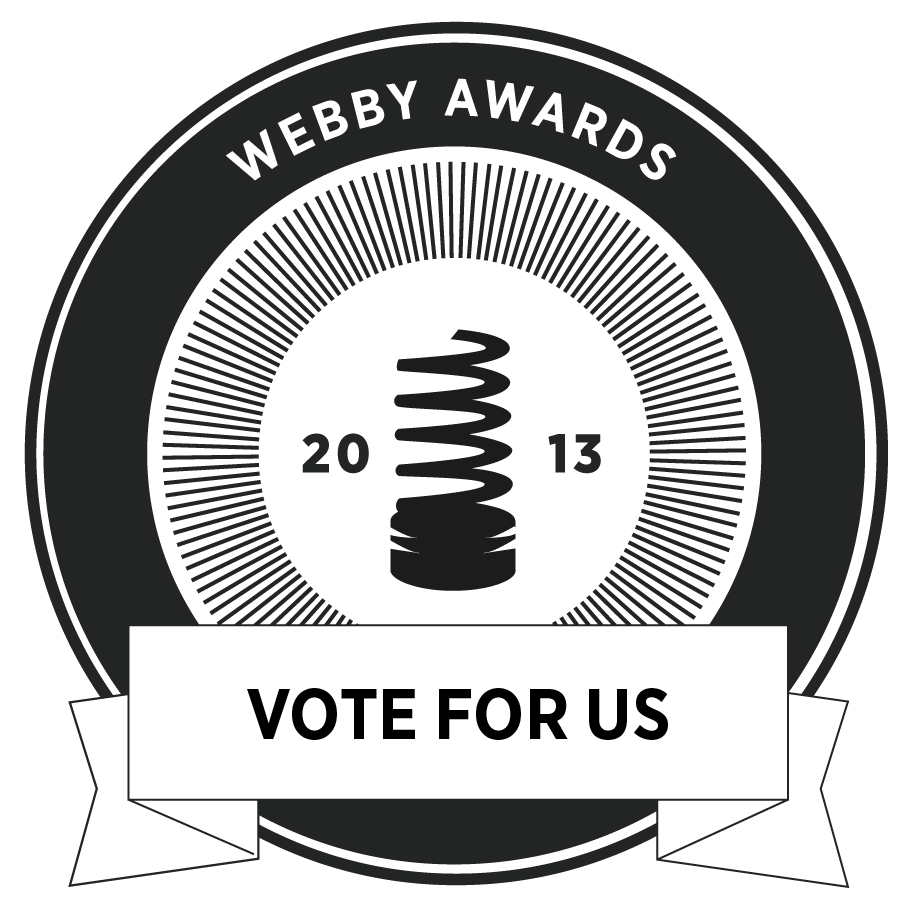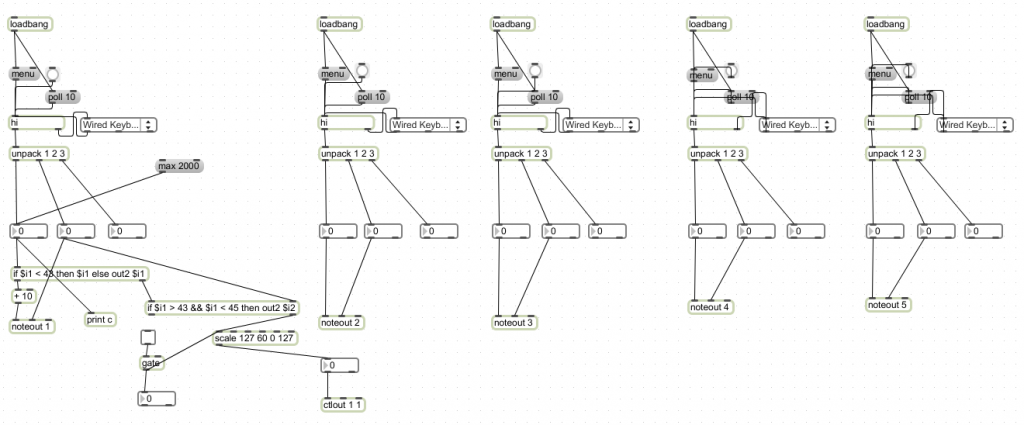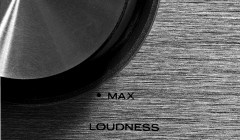The recent earplug campaign has once again reminded us all about the dangers of prolonged exposure to loud music (and loud noise for that matter). Loud music is everywhere; it can be found in bars and nightclubs, at sporting events, cinemas, theatres, music concerts and in cars and the headphones of many living out their day-to-day lives. It is apparent that loud music is a common worldwide occurrence that holds no relation to any particular demography or culture, despite the many risks associated with it (Blesser, Dr. Barry) - so why do we seem to like loud music so much?
The Advantages of Loud Music
It comes as no surprise when I say that music can make us feel good (Ensha, Azadeh). It can help us to perform both physically and mentally and also provide therapy for a wide range of physical and mental illnesses (eMed Expert). In recent years, it has become increasingly evident that loud music, specifically music above 90dB, can also contribute to the release of those ‘feel good’ hormones - some of which were discussed in last week’s post ‘Chemistry and Creativity’. There is supposedly a part of the inner ear called the Sacculus that responds to the beat in music and music’s low-frequency vibrations (Ensha, Azadeh)(Todd, Dr. Neil).
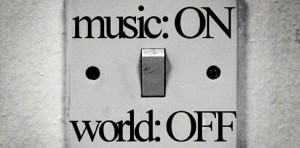
Academic Dr. Barry Blesser claims that loud music is a stimulant that can be compared to likes of caffeine, sugar and even rigorous exercise. Blesser additionally claims that loud music is ‘simply a stronger stimulant than soft music’. If this is the case, theoretically loud music may well be able to magnify many of the positive effects that music can have on our well-being. However, as with all matters concerning the human mind and body, it is never quite that simple.
What we do know is that loud and fast music has been shown to benefit physical exercise for one example. From personal experiences, many of us will also willingly accept the notion that loud music can also make us ‘functionally deaf’ to our surroundings and essentially transport us to another world; a world where music is most influential on our mind and body (Blesser, Dr. Barry). In these instances, loud music more or less acts as an extreme form of escapism; the benefits of which are obvious.
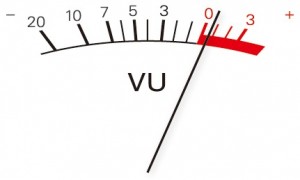 The Loudness War
The Loudness War
The advantages of loud music appear to be more recognised than we thought. Due to this, it is no surprise that music records and concerts have got louder and louder over the years. Record labels, advertisers and many others for a while now have taken advantage of the fact that loud music and loud sounds do an amazing job at grabbing our attention and this is supposedly one of the main reasons behind the start of the so-called loudness war (Leung, Grant).
Although loud records can appear to benefit us by initially appearing to sound better, the fact of the matter is that making louder records has always been a trade-off with sound quality (Bob Katz)(Music Radar). The loudness war has created an ultimately pointless trend that sees music professionals prioritise volume and what is essentially digital clipping and distortion over audio clarity and dynamic range. At a glance, this use of loud music seems hardly beneficial to us at all.
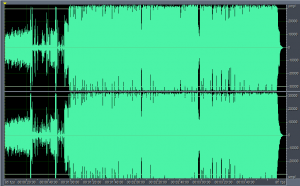
We are now overloaded with excessively loud records to the point where it is more or less impossible to make records any louder. Ironically, we now find ourselves in a ridiculous situation where even the loudest of records fail to grab a listener’s attention and have the impact that they once did. It appears that our ears are finally growing tired of this approach to music production and this now means that all we are essentially left with is a rather large bunch of poor-sounding records and ear fatigue at best.
For those of you who are looking for new and better ways to make your music stand out from the crowd, I urge you to check out our other post ‘5 attention grabbing audio tricks’ by Chris if you have not done so already.
More Disadvantages of Loud Music
The loudness war aside, music is famously only pleasurable and beneficial when we want it to be. As discussed above, loud music’s ability to dominate our ‘aural space’ is a quality that many of us clearly do appreciate at the best of times, but it is also the reason why loud music can often be an intolerable distraction and nuisance (Blesser, Dr. Barry). Whilst music can improve our health and make us more relaxed, it can also just as easily damage our health and make us more stressed. Therefore, it is vital to know when exactly loud music is most useful. Knowing this can not only improve our well-being but it can also make us better as music professionals (Music Radar).

Hearing damage is perhaps one of the most significant disadvantages of loud music. If we cannot hear music, then we cannot benefit from music. It is also important not to forget the social and psychological repercussions of hearing loss as well. There is seemingly a fine line between the benefits of loud music and the damage it can cause (Blesser, Dr. Barry). Music’s remarkable impact on our lives undoubtedly relies on surpassing that 90Db threshold at least every once in a while. However, like Chris Martin, Gary Numan and Plan B are all saying, looking after your ears is vital and it should be a no-brainer, it is simply a matter of awareness (BBC).
Whilst we sometimes may crank up the volume a little too high (and a little unnecessarily), the key to making the most of loud music’s many potential benefits has been obvious from the beginning; by doing so in moderation. This can be applied to live music, records (including the motives behind the loudness war), as well as pretty much everything else of course.
References:
Images:


